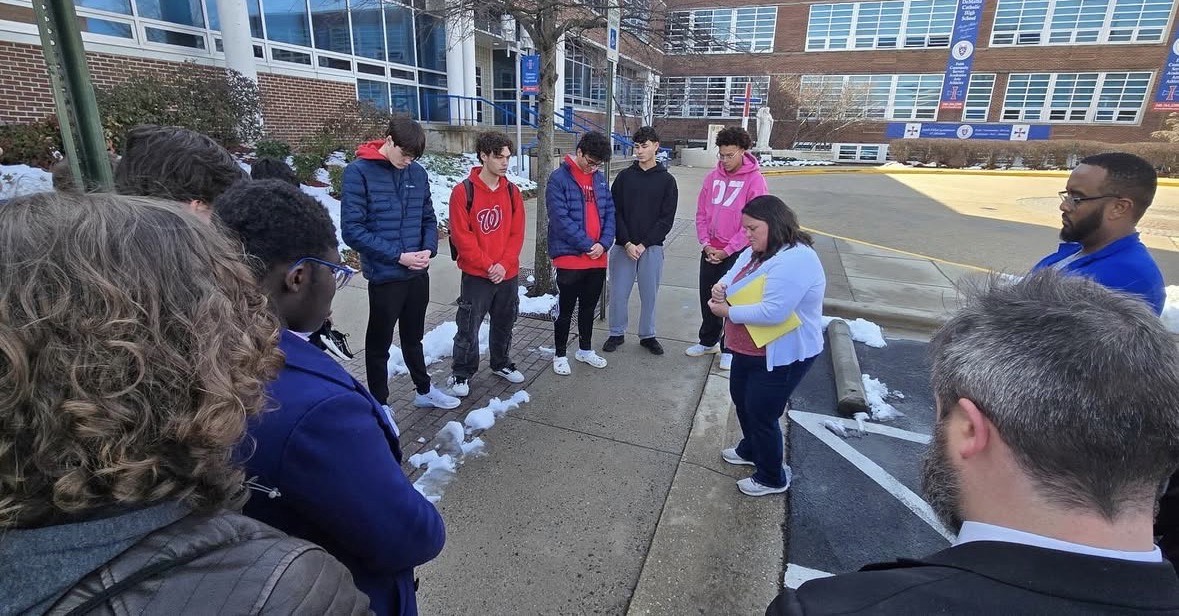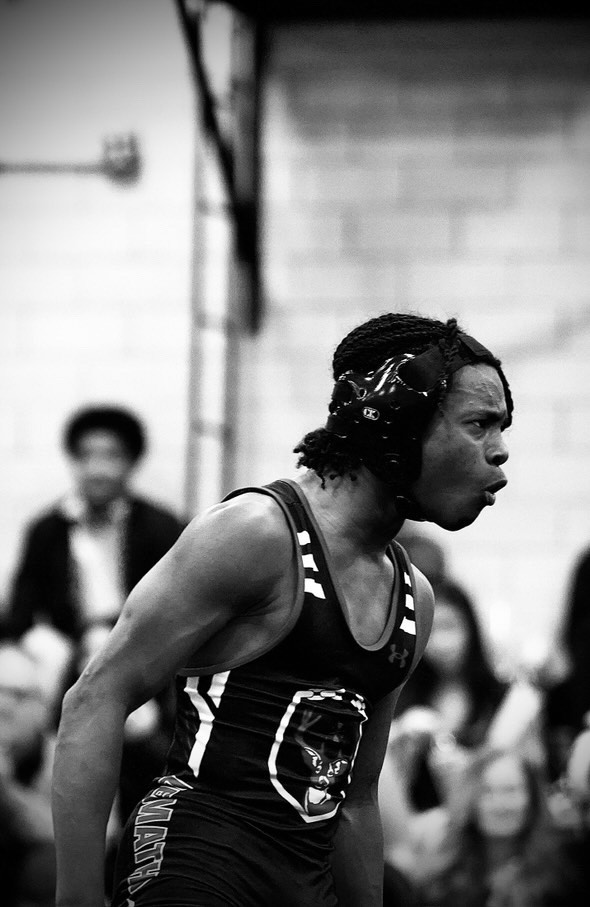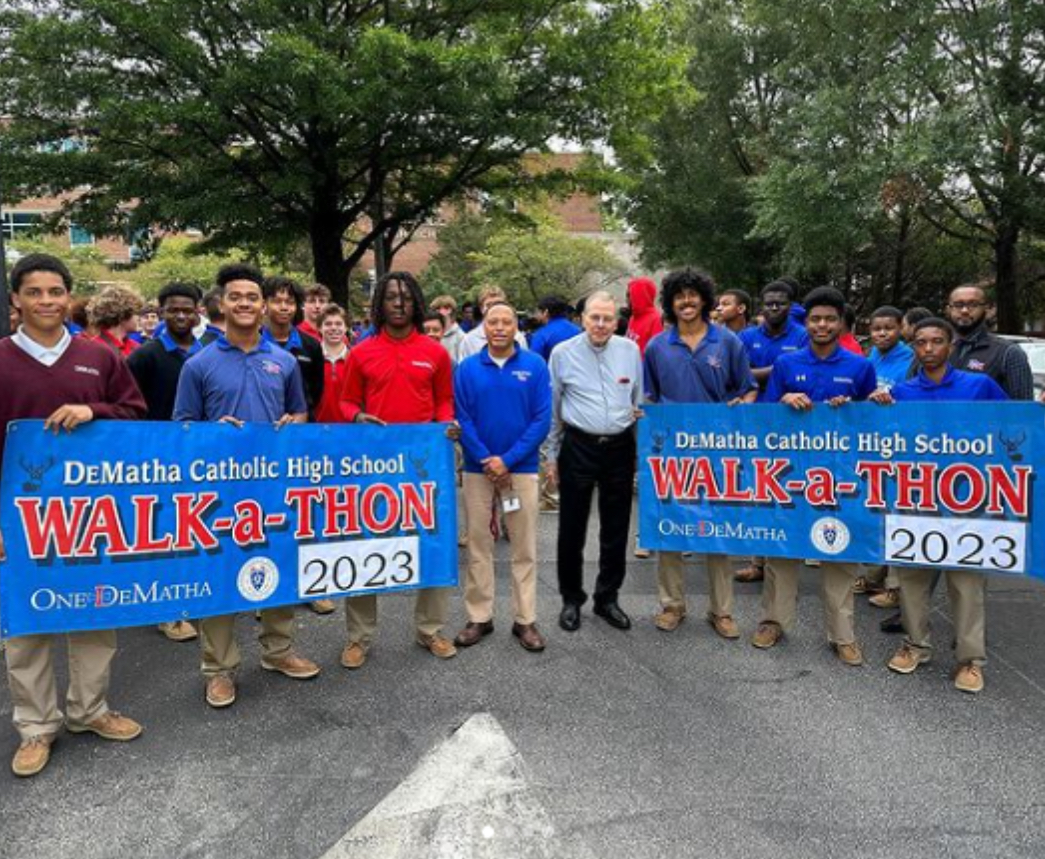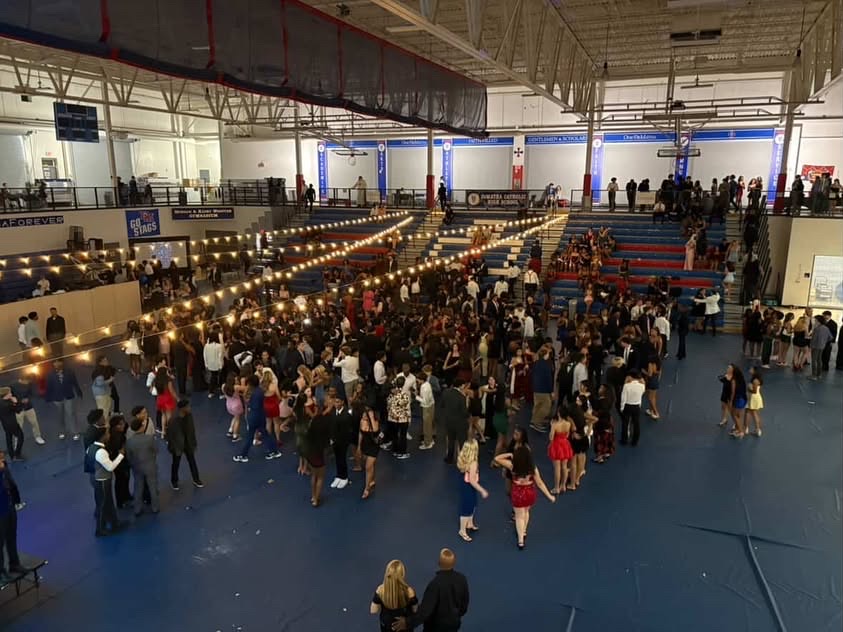
After multiple tough years of rebuilding, excitement is high for Washington Nationals players and fans in the early stages of spring training, and tons of things have happened in the previous five seasons to lead them here. The fans haven’t had much to cheer about since winning a championship in 2019, and the state of the team traces back to many draft mistakes, failed contract negotiations, and major trades that have netted Washington some of the most talented young players in the major leagues. This young core will hopefully help Nationals fans get over the loss of many fan favorites and realize the plan of the rebuild all along.
The Nationals had the highest average age in the major leagues back in 2019. The team already had multiple sizable contracts on the books, including the two remaining seasons on Max Scherzer’s seven-year, $210 million deal, and the five remaining seasons on Patrick Corbin’s six-year, $140 million contract. Anthony Rendon, a 2019 NL MVP candidate and the team’s best player that season, and World Series MVP pitcher Stephen Strasburg, were set to hit the free agent market after the season and demand large figures. Owner Mark Lerner was clear that the team would only be able to afford one of the two stars, and would re-sign Stephen Strasburg for seven years and $245 million. Despite losing Rendon, hopes were high for the 2020 season.
After the start of the shortened season in 2020, things were clearly not going Washington’s way. Tough seasons in 2020 and 2021 were caused by aging, underperformance, and losses of key contributors. Stephen Strasburg would only start seven times in two years, being shelved for the season in 2020 with carpal tunnel syndrome and again in 2021 with thoracic outlet syndrome, which would eventually end his career. Patrick Corbin wasn’t nearly able to pick up the slack, finishing with a 4.66 ERA in 2020 and a 5.82 ERA in 2021, combining for an 11-23 record in those two seasons. The loss of Rendon proved to be massive in the lineup, as was the regression from many of the contributors from 2019, most notably young outfielder Victor Robles, catcher Kurt Suzuki, and 2019 playoff hero Howie Kendrick, who retired after the 2020 season. The additions of first baseman Josh Bell and power-hitting outfielder Kyle Schwarber for the 2021 season wasn’t enough for the lineup to compensate for the rotation’s woes, landing the Nationals at fourth in the division with a 47-55 record on trade deadline day.
Despite disagreement from many Nats fans, GM Mike Rizzo made the decision that it was time for the Nationals to start a much needed rebuild. Not only did the Nationals have an aging roster that was out of the playoff race, they also had many expiring contracts and the 30th ranked farm system. The Nationals would make many smaller trades of expiring contracts over the two days leading up to the deadline. Closer Brad Hand was sent to Toronto, reliever Daniel Hudson was sent to San Diego, catcher Yan Gomes and utility player Josh Harrison were traded to Oakland, lefty Jon Lester was traded to St. Louis, and an injured Kyle Schwarber was sent to Boston. The biggest rumor surrounding Washington coming into the deadline was the possible trade of Max Scherzer, who was on the final year of his contract, as well as shortstop Trea Turner being made available for trade. Turner was set to be a free agent following the 2022 season, and was the only player on the team that would attract top prospects other than Juan Soto, the only name with value that Mike Rizzo wasn’t willing to deal. Washington got the offer that they wanted from the Dodgers, leading them to deal Scherzer and Turner to Los Angeles for catcher Keibert Ruiz and pitcher Josiah Gray, the Dodgers’ top two prospects. GM Mike Rizzo was clear about wanting to trade Trea Turner with 1.5 years until free agency instead of waiting, saying, “we maximized Trea’s value because where we’re at as a franchise, and Trea Turner with two playoff runs in him is way more valuable than a Trea Turner that’s got one year before free agency.”
The Nationals would struggle mightily during the end of the 2021 season and just as badly to begin 2022, where the Nationals stuck with veteran players on their rebuilding team, which was not encouraging or fun for the fanbase. The farm system was still not good enough for the team to succeed in building another winner around Juan Soto, who turned down a 13-year, $350 million extension offer during the offseason, and then a 15-year, $440 million offer during the season. Another factor during this situation was owner Mark Lerner’s announcement in April of 2022 that the Lerner family was exploring a sale of the club, meaning that financial flexibility would possibly be limited, and that a player like Soto would not want to lock himself into an uncertain ownership situation.
Mike Rizzo capitalized on Soto’s extremely high value and dealt him alongside Josh Bell for four of the top young players in baseball, including left-handed pitcher MacKenzie Gore, shortstop CJ Abrams, and top outfielder Robert Hassell III, all of whom were first round selections by San Diego, as well as outfielder James Wood, a Maryland native and 2021 second round pick. Ninteen-year-old pitcher Jarlin Susana and veteran first baseman Luke Voit were the additional pieces to round out the six-player package that Washington received. The trade was controversial, but many fans have since realized that the massive upgrades to the farm system were worth it, especially since Juan Soto and his agent Scott Boras were clearly determined to hit the free agent market, meaning that without a trade, the Nationals would be building around a player that had an uncertain future with the team. DeMatha sophomore Andrew Speed echoed what many fans now think about the deal, saying, “we got multiple top 100 prospects back, the return that we got was very worth it.”
After finishing 2022 with an abysmal 55-107 record, the Nationals would have a much younger look entering 2023 with CJ Abrams and MacKenzie Gore set to make their team debuts and 2020 first round pick Cade Cavalli, a right-handed pitcher, set to be in the rotation alongside Gore and Josiah Gray. Unfortunately, Cavalli suffered a torn UCL in spring training and missed the entire season. The club would still see success from their young players, seeing Gray make his first all star game and Gore among the NL leaders in strikeouts during the first half. CJ Abrams had a rough first half of the season, where he was among the league leaders in errors and had a .233 batting average and only 11 stolen bases prior to his move to the leadoff spot in early July. After that move, July would be a breakout month for Abrams, where he won player of the week honors on July 17. Abrams would hit .255 for the rest of the season, with his stolen base total skyrocketing to 47 by season’s end and his strikeout percentage dropping by nearly 10%. As a result of his ability to set the tone in the lineup, Washington had their first winning month since June of 2021 in August, and would finish with a 71-91 record, a 16-game improvement from 2022.
The major league roster will have a similar look heading into the 2024 season, with likely an identical starting rotation. Veterans Patrick Corbin and Trevor Williams will remain in the rotation for what will almost certainly be the final season in DC for both of them, as both of their contracts expire after the season. Both players are coming off rough 2023 campaigns, with Corbin finishing 10-15 with a 5.20 ERA, his third consecutive season with an ERA over 5.00 and his third straight season leading the NL in runs allowed. Williams finished 2023 with a record of 6-10 with a 5.55 ERA, a rough start to his two-year contract. Many fans are hoping for a new look rotation in 2025, which would almost certainly include Josiah Gray, entering his third full season in Washington, who appeared in last season’s all star game but dragged down his full season stats with a rough second half, finishing 8-13 with a 3.91 ERA. MacKenzie Gore is looking to take steps forward in 2024, after finishing last season with a 7-10 record and a 4.42 ERA. While his first full season wasn’t overly disappointing, it left room for improvement, especially in terms of command. Jake Irvin is the frontrunner to take the final rotation spot, as he was a serviceable starter after joining the rotation last May, finishing the season with a 3-7 record and a 4.61 ERA. If anyone will be replaced in the rotation this season, it’s either Irvin or Williams, who is on an expiring contract. The time for that decision will likely come in June, when Cade Cavalli is expected to return from his injury. The rotation will likely be the weak point of the 2024 Nationals, but many fans are looking forward to seeing further progression from Gray and Gore.
The starting lineup is the more interesting part of the roster this season, with a team bound to go through significant change. The Nationals only made two significant moves in the offseason, signing lefty power bat Joey Gallo to a one-year, $5 million deal to play first base, and Nick Senzel for one year and $2 million to play third base. Some positions on the field are most likely locked down, with Keibert Ruiz at catcher, Gallo at first base, Luis Garcia Jr. at second base, CJ Abrams at shortstop, and Lane Thomas in right field.
That being said, Nick Senzel could lose his third base job to 2021 first round pick and Washington’s #3 prospect Brady House, as could outfielders Victor Robles and Stone Garrett. Washington’s #1 prospect, outfielder Dylan Crews, was the second overall pick in the 2023 draft. Crews was a national champion at LSU and won the Golden Spikes Award, the top award in collegiate baseball. James Wood, the #2 Nationals prospect, is making a case for the opening day roster, starting his spring with a .474 batting average, 3 home runs and a 1.547 OPS. Many fans want to see Wood in the big leagues currently, including Andrew Speed, who says “if he has already been balling out at major league spring training and has never played in Triple-A, why wouldn’t we call him up if we don’t have outfield depth?” If Wood is not called up, he will likely start the season in Triple-A Rochester. Robert Hassell III, the other young outfielder acquired in the Soto trade, has begun his spring with a .417 batting average, one homer and a 1.384 OPS, meaning that he could be a candidate for a call up late in the season.
The performance of young players is what keeps a fanbase interested during a rebuild, and the results so far in spring have given Nats fans many reasons for optimism. Mark Lerner announced this February that he does not intend to sell the Nationals, and if money is once again spent to make the team competitive, it shouldn’t be too much of a shock if this team returns to legitimate competition in 2025 or 2026. The pieces are there, and the fans will have the luxury of seeing them grow.






















![DeMatha Catholic [@DeMatha Catholic]. 2025, September, 19. Instagram.](https://demathastagline.com/wp-content/uploads/2025/09/IMG_3305.jpeg)


